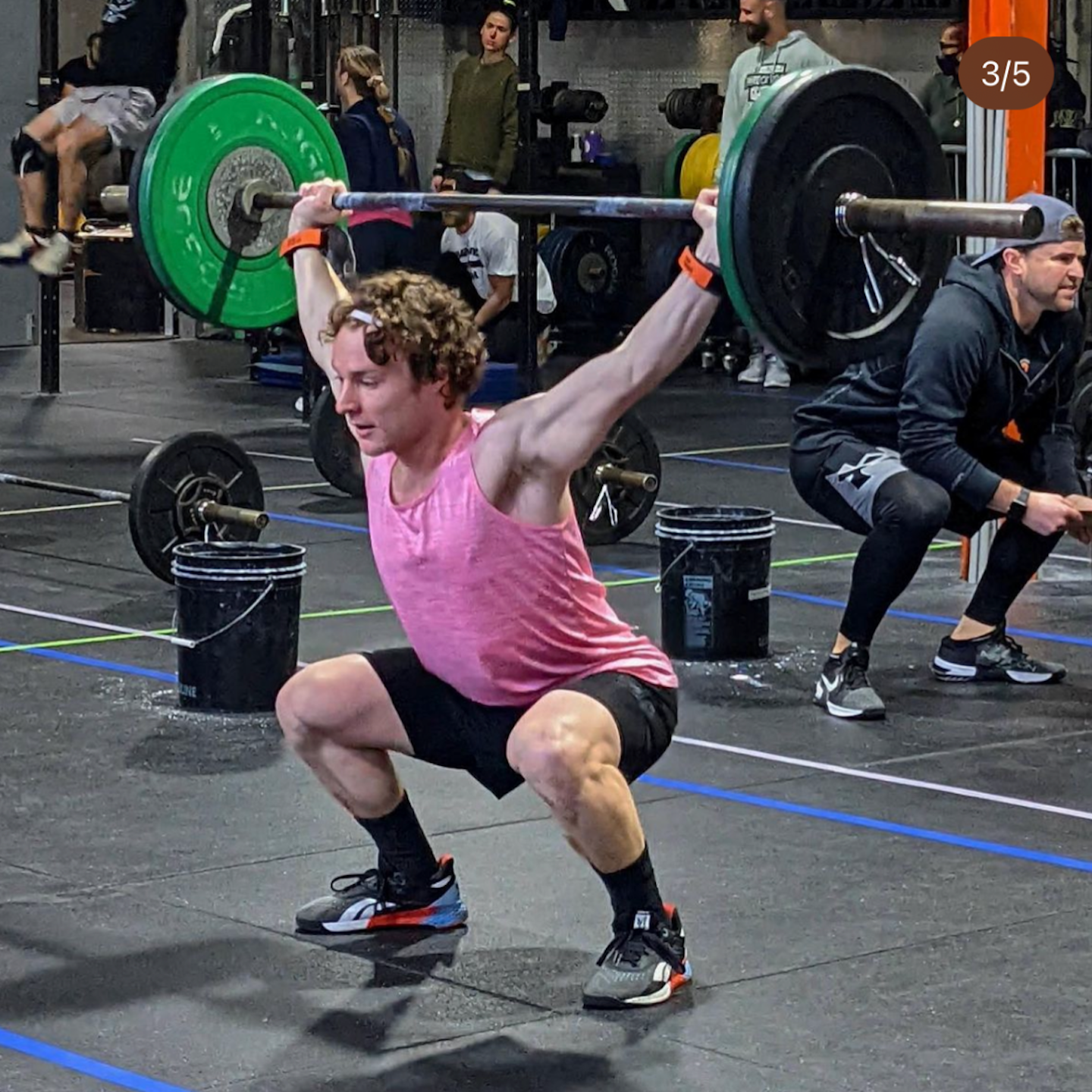
We all know the benefits of physical activity – there’s the stereotypical beach body motivation, the desire for a high level of fitness, endurance, strength, or flexibility. For many, it’s a healthy way to de-stress from our busy lives, and in the context of CrossFit and many other team sports, it’s also a social outlet. Physical activity is beneficial for physical function and cardiovascular health, yes – but it’s also beneficial for cognitive function and brain health.
As we age, the majority of us will experience some decline in cognitive abilities, including changes in thinking, memory, and the speed in which we process information and react to our environment. For some, these declines will be mild; for others, they may progress to difficulties with activities of daily living (driving, taking care of your finances), indicating early signs of dementia. With the aging of the world’s population on the rise, dementia is also on the rise. An estimated 47 million people were living with dementia in 2015, and this number is projected to triple by 2050. What’s worse, there’s currently no cure. There are medications that help with the behavioral symptoms of dementia – but once the pathology manifests and neurodegeneration starts, dementia symptoms will likely progress.
With no cure yet, our best bet is try and to reduce our risk of developing dementia, or perhaps even prevent it.
Recent estimates suggest that approximately 35% of dementia cases may be attributable to modifiable risk factors, the majority of which reflect lifestyle factors. This raises the possibility that a respectable number of dementia cases might be preventable – or “worst” case, that intervening on these lifestyle factors may help delay dementia onset. And you guessed it – one of the factors that might increase your risk of dementia is physical inactivity. (Other factors identified as affecting dementia risk include low levels of education, hearing loss, hypertension, obesity, smoking, depression, social isolation, and diabetes.)
But the good news: if you’re reading this as part of a CrossFit family like PUSH511, you’re already on the right track. The Centers for Disease Control and Prevention guidelines recommend 150 minutes of weekly, moderate intensity aerobic activity and two or more days a week of moderate intensity, muscle strengthening activities. Get into your box a few times a week and it seems the tenets of CrossFit group classes, Personal Training and Nutrition have you covered.
Mobility with older Athletes is essential, read this Blog for more insight. CrossFit Mobility For Older Athletes
Do more (now), suck less (later), live better (longer).
References
1. Brown et al. (2013). Multiple effects of physical activity on molecular and cognitive signs of brain aging: Can exercise slow neurodegeneration and delay Alzheimer’s disease? Molecular Psychiatry.
2. Global Council on Brain Health. (2016). The Brain-Body Connection: GCBH Recommendations on Physical Activity and Brain Health. (www.GlobalCouncilOnBrainHealth.org)
3. Institute of Medicine. (2015). Cognitive aging: Progress in understanding and opportunities for action. The National Academies Press.
4. Livingston et al. (2017). Dementia prevention, intervention, and care. Lancet.
5. National Academies of Sciences, Engineering, and Medicine. (2017). Preventing cognitive decline and dementia: A way forward. The National Academies Press.


